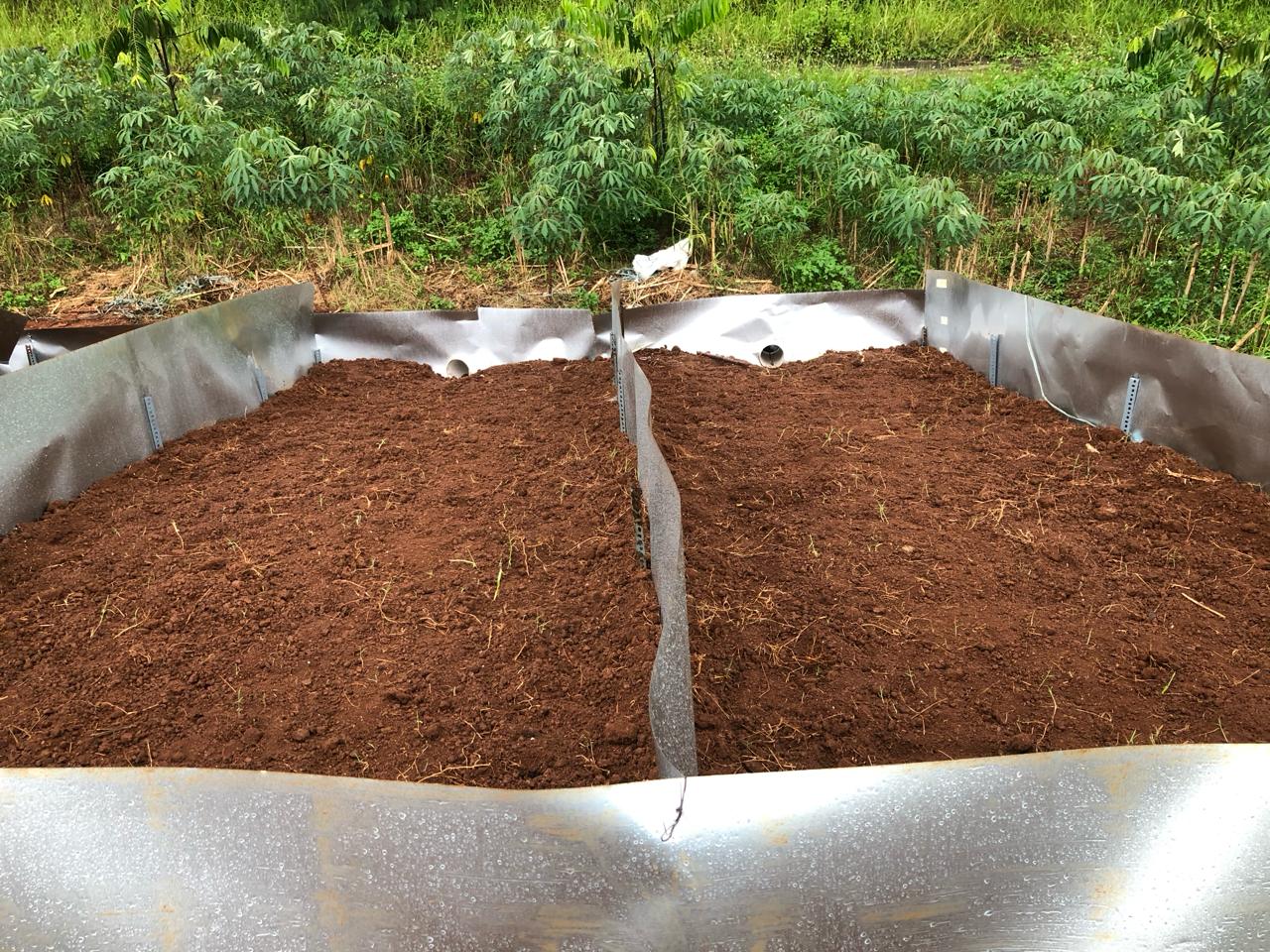Suppressing Erosion and N (Nitrogen) Nutrients Loss Using Polyacrylamide under Sweet Corn Cultivation Under Climate Change Issue
DOI:
https://doi.org/10.51264/inajl.v4i1.58Keywords:
Climate change, Erosion, N Nutrients Loss, Plant Growth, PolyacrylamideAbstract
Climate change is currently a significant issue that poses a threat to the environment. Climate change can trigger increased rainfall, which promotes erosion in many areas. Erosion can lead to the depletion of nutrients in the soil, ultimately reducing the availability of nutrients for plants and causing a decline in land productivity. This can result in widespread land degradation. To avoid this risk soil conservation is needed. Soil conservation can be done to increase land productivity with chemical methods, such as using soil amendments with polyacrylamide (PAM). PAM is an anionic polymer-based material that can improve soil aggregate stability, infiltration rate, and suppress erosion. The purpose of this study is to determine the effect of PAM on erosion suppression, the loss of N nutrients, and on the growth of sweet corn plants. The results of the analysis showed that there is an effect of PAM on the suppression of erosion and loss of N nutrients in the soil. The dose of PAM of 60 kg/ha was able to suppress erosion by 53.16% and reduce the loss of nutrients N by 15.07%. The most optimal and efficient dose in optimizing sweet corn plant growth is 15 kg/ha.
References
Amundson R, Berhe AA, Hopmans JW, Olson C, Sztein AE, Sparks DL. 2015. Soil and human security in the 21st century. Science, 348 (6235), 1261071. https://doi.org/10.1126/science.1261071
Arsyad S.2010. Konservasi Tanah dan Air. IPB Press. Bogor.
Entry JA, & Sojka RE. 2003. The efficacy of polyacrylamide to reduce nutrient movement from an irrigated field. Transactions of the American Society of Agricultural Engineers, 46(1), 75–83.
Hardjowigeno S.2007. Ilmu Tanah. Akademika Pressindo. Jakarta.
Jiang T, Teng L, Wei S, Deng L, Luo Z, Chen Y, & Flanagan DC. 2010. Application of polyacrylamide to reduce phosphorus losses from a Chinese purple soil: a laboratory and field investigation. Journal of Environmental Management, 91(7), 1437–1445. https://doi.org/10.1016/j.jenvman.2010.02.00
Lovita NI, Rahmat A, Agasi YE, Hidayat SP, Situmorang YLA, Kendarto DR. 2023. Applications of Soil Conditioner Polyacrylamide to Suppress Runoff and P (Phosphorus) Nutrients Loss at the Sweet Corn Cultivation Under Climate Change Issue.Springer Proceedings in Physics, 290, 717–725.
Park S, Oh C, Jeon S, Jung H, Choi C. 2011.Soil erosion risk in Korean watersheds, assessed using the revised universal soil loss equation. Journal of Hydrology, 399 (3–4), 263-273. https://doi.org/10.1016/j.jhydrol.2011.01.004.
Rahmat A, & Mutolib A. 2016. Comparison air temperature under global climate change issue in Gifu city and Ogaki city, Japan. Indonesian Journal of Science and Technology, 1(1), 37-46.
Sojka RE, Bjorneberg DL, Entry JA, Lentz RD. & Orts WJ.2007. Polyacrylamide in agriculture and environmental land management. Advance Agronomy. 92, 75–162.
Sturrock RN, Frankel SJ, Brown AV, Hennon PE, Kliejunas JT, Lewis KJ, Worrall JJ, & Woods AJ. 2011. Climate change and forest diseases. Plant pathology, 60(1), 133-149.
Sunandar A & Mulyani SY. 2017. Stabilisasi tanah dengan memanfaatkan serutan kayu dan polyacrylamide untuk lereng jalan yang mudah tererosi. Jurnal Jalan Jembatan, 34(2), 91-103.
Tambun BV, Lihawa F, & Yusuf D. 2012. Pengaruh erosi permukaan terhadap kandungan unsur hara n, p, dan k tanah pada lahan pertanian jagung di Desa Ulanta Kecamatan Suwawa Kabupaten Bone Bolango Provinsi Gorontalo. pengelolaan sumberdaya lahan sub optimal untuk produksi biomassa berkelanjutan, 9.
Zhang XC, & Miller WP. 1996. Polyacrylamide effect on infiltration and erosion in furrows. Soil Science Society of America Journal, 60(3), 866. https://doi.org/10.2136/sssaj1996.03615995006000030027x

Downloads
Published
Issue
Section
License
Copyright (c) 2023 Yuliana Eva Agasi, Niken Ida Lovita, Dwi Rustam Kendarto, Ali Rahmat

This work is licensed under a Creative Commons Attribution 4.0 International License.






